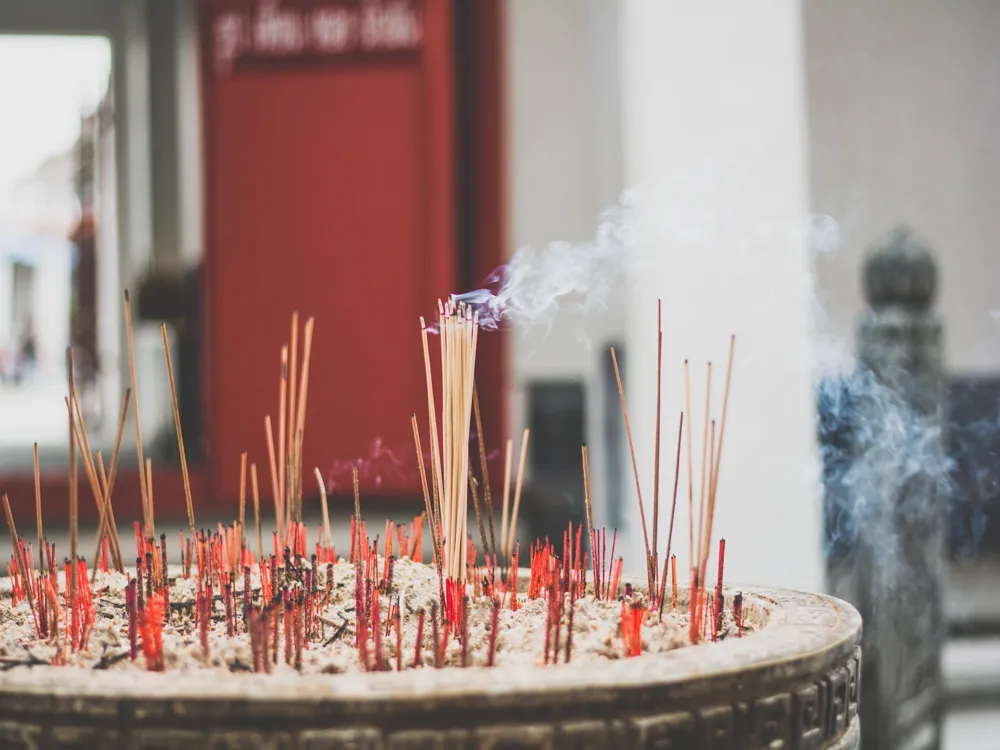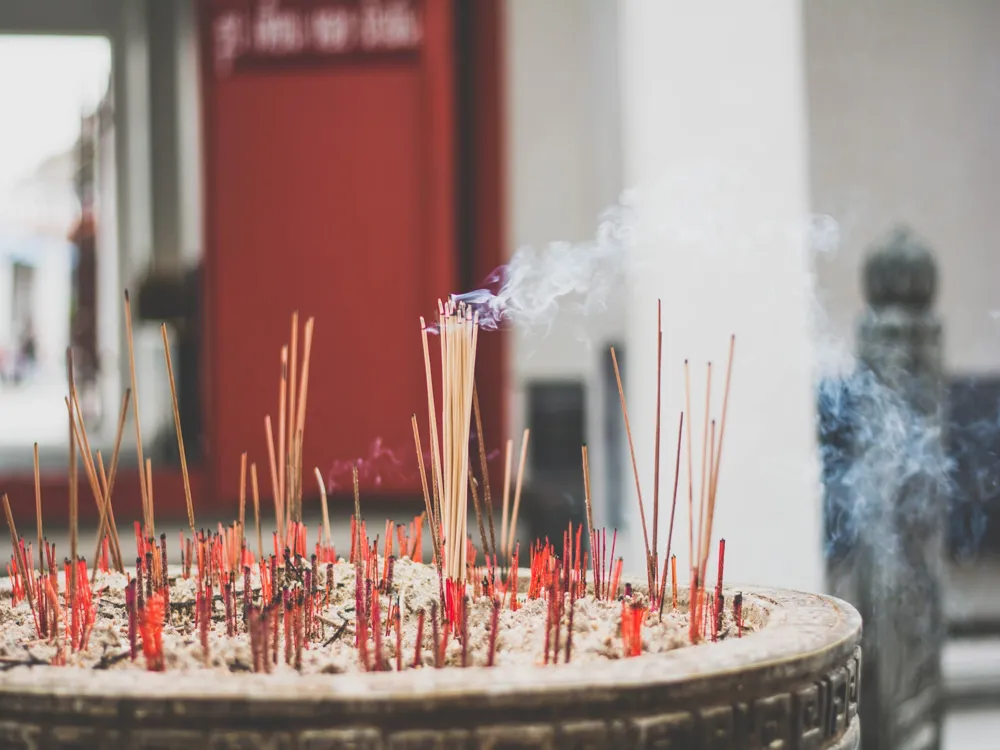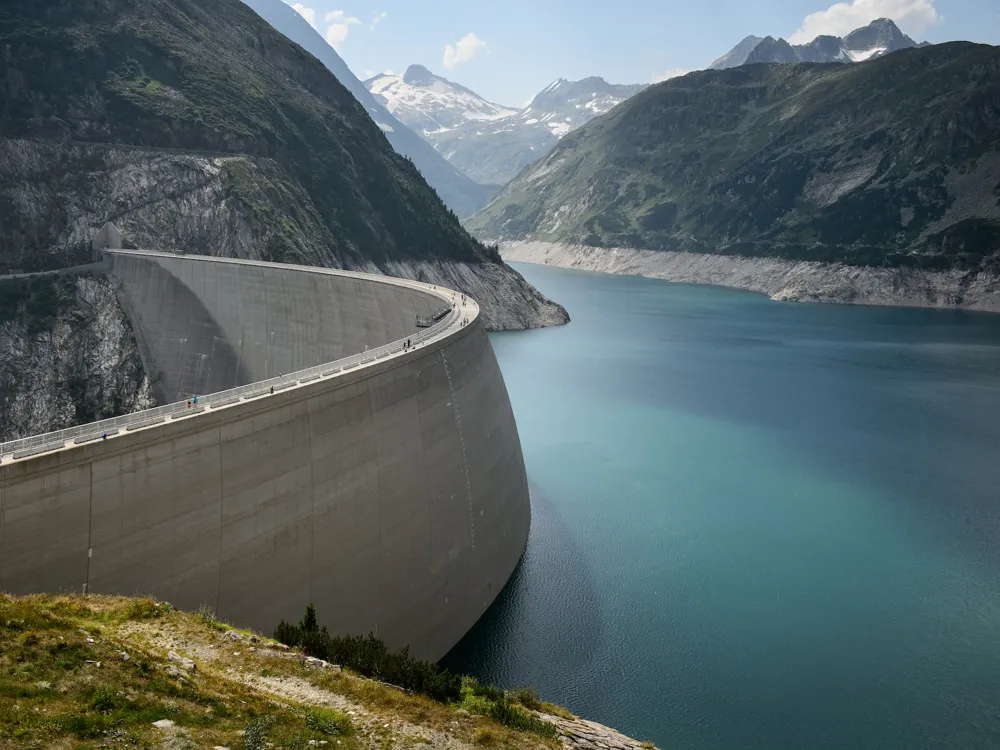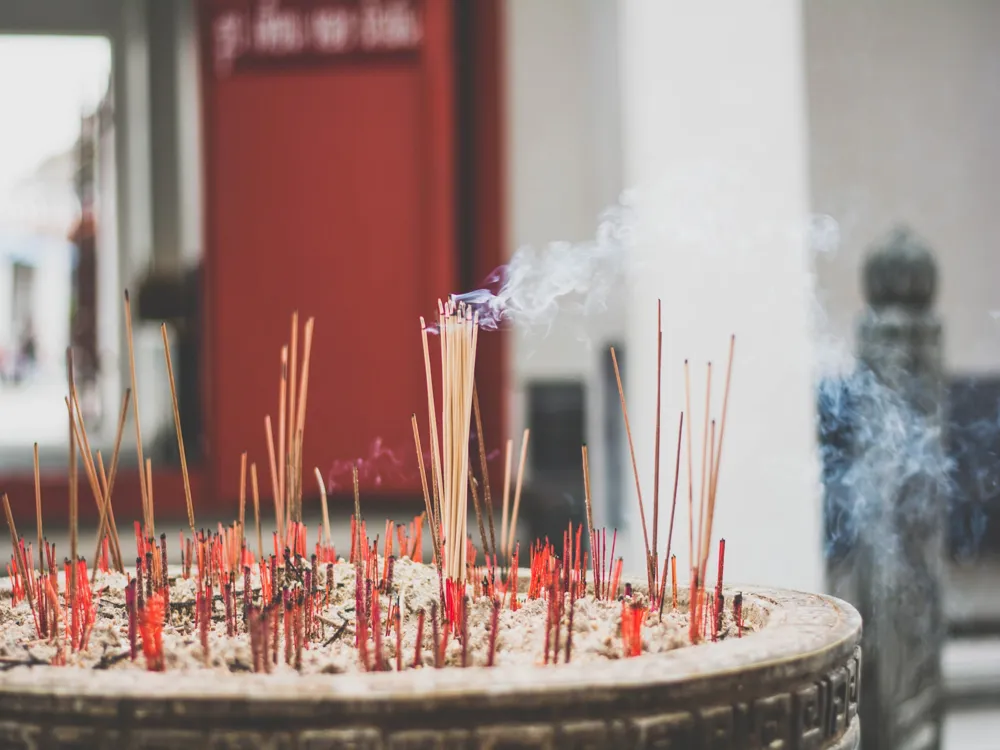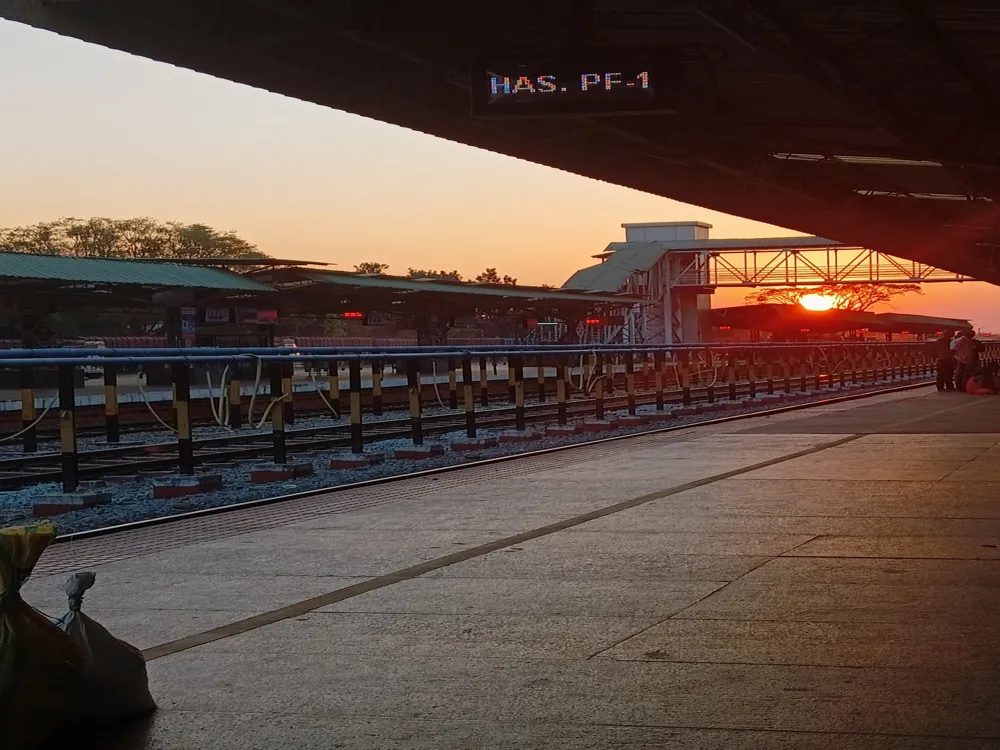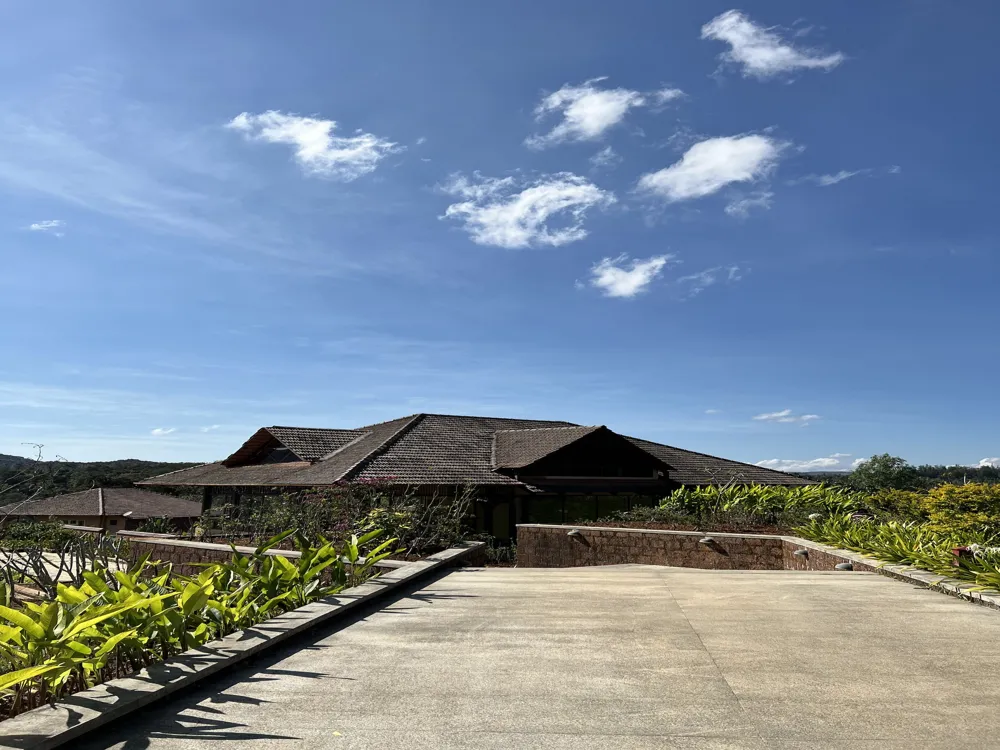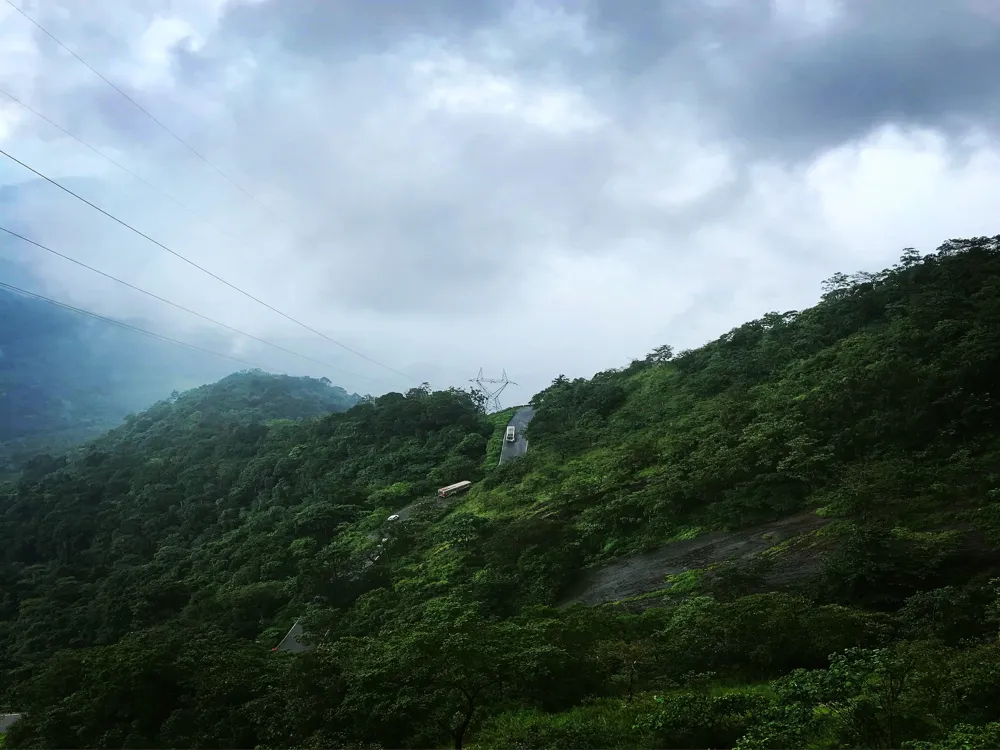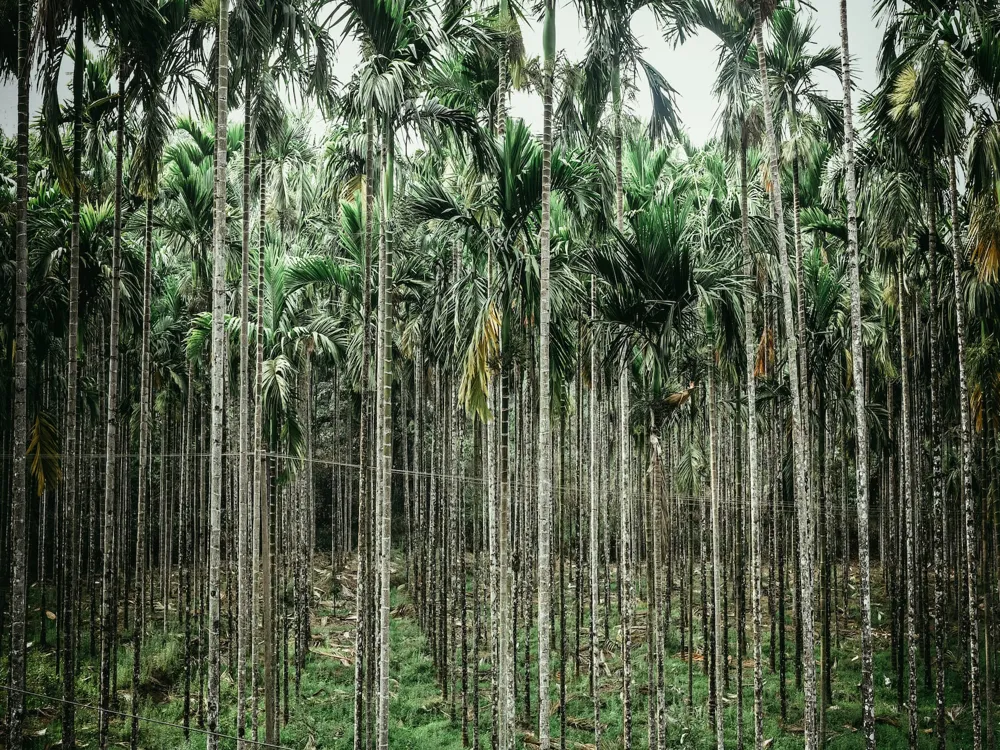Nestled in the serene landscape of Hassan, Karnataka, the Shettihalli Church stands as a magnificent testament to the region's rich history and architectural prowess. Built in the 1860s by French missionaries, this church is a striking example of Gothic architecture in India. Its uniqueness lies not just in its design but also in its interaction with nature, as it gets partially submerged in water during the monsoon season, offering a surreal and captivating sight. Over the decades, the Shettihalli Church, also known as the Rosary Church, has attracted visitors from across the globe, drawn by its haunting beauty and intriguing history. The church was constructed using mortar and bricks, typical of Gothic architecture of that era. Despite being in ruins today, the church's skeletal structure still exudes an aura of grandeur and mystique, making it a photographer's delight and a historian's treasure. The church's location by the Hemavathi River adds to its charm, creating a tranquil and picturesque setting. This partly submerged church during the monsoon paints a melancholic yet enchanting picture, reflecting the passage of time and the resilience of architecture. The Shettihalli Church is more than just a historical structure; it is a symbol of timelessness, blending the past's echoes with the present's whispers. The Shettihalli Church's architecture is a brilliant example of the Gothic style, characterized by pointed arches, ribbed vaults, and flying buttresses. The design of the church reflects a blend of European and Indian architectural styles, making it a unique structure in the Indian subcontinent. Its tall spires, arched windows, and intricate details on the walls and pillars showcase the meticulous craftsmanship of the 19th century. The church's main hall, with its high ceiling and spacious layout, was designed to hold a large congregation. The altar, now in ruins, once stood as a focal point, adorned with elaborate carvings and statues. The large stained glass windows, though no longer intact, once bathed the interior in ethereal light, creating a divine ambiance. Despite the ravages of time and nature, the Shettihalli Church's architecture continues to fascinate architects, historians, and tourists. Its resilience against natural elements, particularly its partial submersion during the monsoons, highlights the ingenuity of its construction. The ruins stand as a silent testament to the blend of cultures and artistic expressions, embodying a unique heritage that continues to awe and inspire. The ideal time to visit Shettihalli Church is from October to March when the weather is pleasant. During the monsoon (July to September), the church is partially submerged, offering a unique sight but making access challenging. Carry water, snacks, and a first-aid kit. Since the area around the church can get quite sunny, it's advisable to bring sunscreen, sunglasses, and hats. Wear comfortable shoes for easy navigation around the ruins. For photography enthusiasts, the church offers stunning views during sunrise and sunset. The play of light through the ruins creates mesmerizing shadows and highlights, perfect for capturing the church's haunting beauty. While exploring, remember that the Shettihalli Church is a historical site. Avoid causing any damage to the structure and refrain from littering to preserve its beauty and sanctity. Shettihalli Church is located about 22 km from Hassan city. It can be reached by road via private car or taxi. The nearest railway station is in Hassan, from where you can hire a taxi to the church. There are no direct bus services to the church, but one can take a bus to Hassan and then a local transport to Shettihalli. Read More:Overview of Shettihalli Church, Hassan, Karnataka
Architecture of Shettihalli Church
Tips When Visiting Shettihalli Church
Best Time to Visit
Travel Essentials
Photography Tips
Respecting the Site
How To Reach Shettihalli Church
Shettihalli Church
Hassan
Karnataka
NaN onwards
View hassan Packages
Weather :
Tags : Church & Cathedral
Best Time to Visit : Dryer months because then the church isn't submerged.
Planning a Trip? Ask Your Question
Hassan Travel Packages
View All Packages For Hassan
Top Hotel Collections for Hassan

Private Pool

Luxury Hotels

5-Star Hotels

Pet Friendly
Top Hotels Near Hassan
Other Top Ranking Places In Hassan
View All Places To Visit In hassan
View hassan Packages
Weather :
Tags : Church & Cathedral
Best Time to Visit : Dryer months because then the church isn't submerged.
Planning a Trip? Ask Your Question
Hassan Travel Packages
View All Packages For Hassan
Top Hotel Collections for Hassan

Private Pool

Luxury Hotels

5-Star Hotels

Pet Friendly







